

Miloco Gear has announced it has been appointed exclusive UK and EU agent for Augspurger Monitors.
What do the studios of luminaries such as Paul Epworth, JAY Z and Timbaland have in common? They have all chosen the unmistakable, detailed sound and incredible power of Augspurger as their main monitoring option.
For several decades, many prominent recording studios that record rock, pop, hip-hop, reggae, dance and R&B have relied on main monitors that were custom-designed by George Augspurger.
Renowned to be remarkably accurate, even at low listening levels, and also for their incredible power (from smooth, detailed high frequencies to earth-rattling sub frequencies), Augspurger monitors provide a reference standard listening environment where recording and mixing decisions can be made with utter confidence.
Augspurger monitors utilise custom proprietary drivers and integrated DSP-driven amplification that provides the ability to tune the system to your environment, the end result being a system that sounds like no other, with power, impact and accuracy throughout its extremely wide dynamic range.
With the introduction of the Duo 8 Mini Main system, an Augspurger monitoring solution is now in the reach of all budgets and room sizes.
British sound engineer and record producer Prince Fatty is hosting workshop and club night Jamaica Funk at The Fox and Firkin, Lewisham on 23 October 2015.
Jamaica Funk celebrates and highlights the way in which reggae inspired hip-hop in the early 80s and how the roles changed, a musical journey into the dub plate twilight zone starting with a two-hour dub workshop and Q&A hosted by Prince Fatty and UK dub/reggae producer Nick Manasseh.
As hip-hop developed and went mainstream it inspired the Jamaicans in reverse. Artists such as Super Cat and Shabba Ranks confirm this on vinyl in the collections of Prince Fatty and Manasseh.
A live dub tutorial will show the fundamental principles of recording and mixing, discussing the concept of versions, alternative mixes and how to cut dub plates and specials.
Prince Fatty will disect and breakdown some of his favourites such as ‘Shimmy Shimmy Ya’ and other songs, live with the original files using a mixing desk to demonstrate the construction and musical instrumentation involved. Detailed recording sessions will be revealed with legends such as Gregory Issacs, Winston Francis, Cornel Campbel, Marcia Griffiths, Big Youth and more.
Nick Manasseh is a pioneer DJ, radio broadcaster, record producer and sound engineer complemented by a Jedi knowledge of reggae music. Manasseh has worked with and recorded many great artists such as Dennis Brown, Johnny Osbourne, Sugar Minott, Earl Sixteen and soundsystem MCs such as Josie Wales, Charlie Chaplin, Brother Culture and Brigadier Jerry.
Nick Manasseh, alongside Prince Fatty, stays true to analogue traditions and preserves the recording and mixing techniques pioneered by the greats such as King Tubby and Scientist.
Club night sets from both Prince Fatty and Manasseh follow with MCs Horseman and Brother Culture, special guest DJ sets from Josh from The Skints and Prince Fatty’s DJ posse featuring the turntable skills of Rasamurai and Noah.
Prince Fatty and the Horseman are well known for their hip-hop versions such as ‘Shimmy Shimmy Ya’ as used in the famous ‘Breaking Bad’ series, DJ Muggs’ personal reggae favourite ‘Insane in the Membrane’ and many more Raggamuffin specials.
It is well documented that the DNA of hip-hop has its roots in dub and reggae from the concept of versions, sound systems, selectors and MCs and so on. New York and the east coast has had a large Jamaican community since the 60s. The musical influence is similar to us here in the UK.
Gin Wigmore’s new album is officially out today in the UK. ‘Blood To Bone’, Wigmore’s third studio long-player, was mixed by Mike Crossey at Livingston Studio 1 in Wood Green, London.
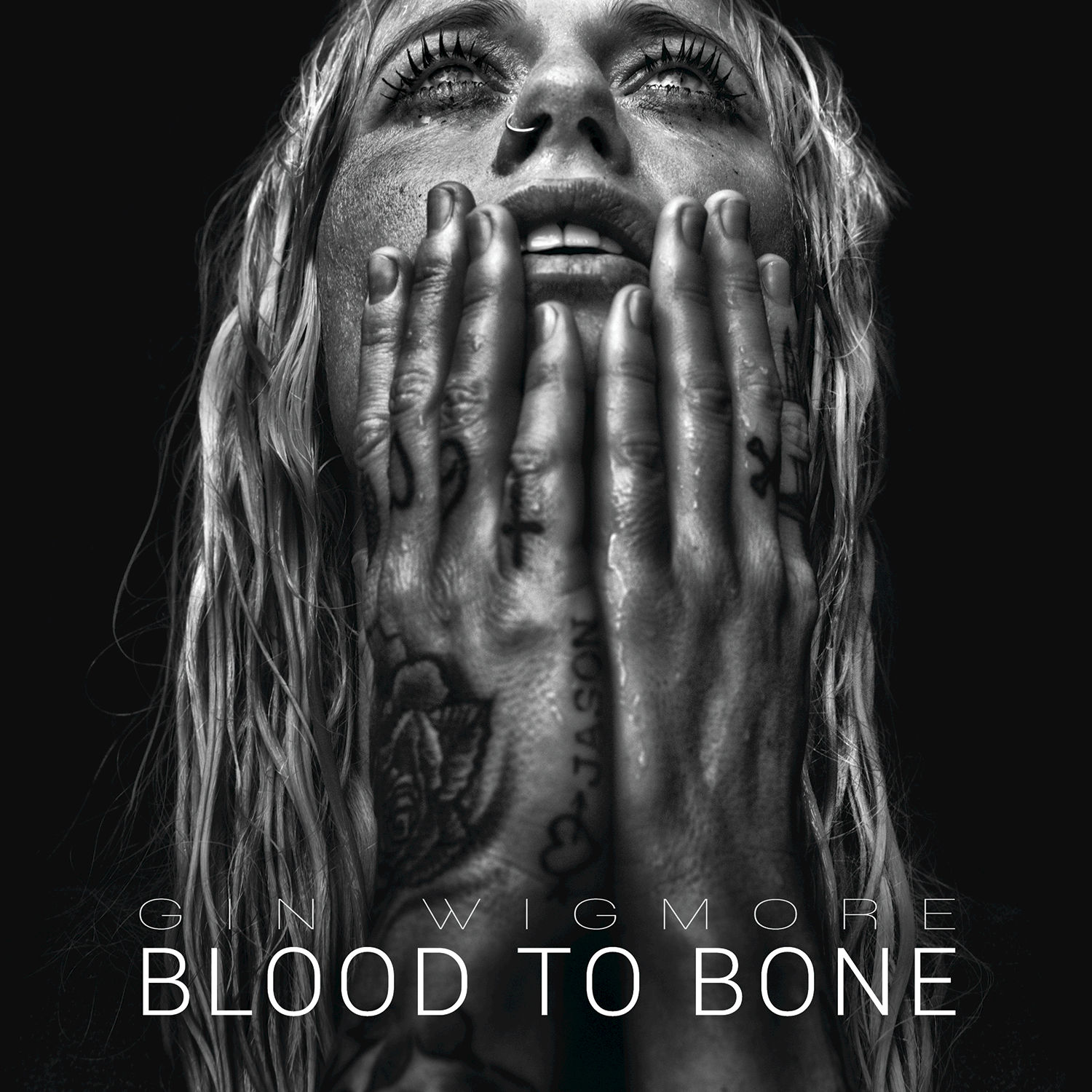 The 29-year-old New Zealand-born singer-songwriter (who now lives in Los Angeles) takes her trademark rock and blues sound, and this time around also explores elements of electronica as well as a heavier feel.
The 29-year-old New Zealand-born singer-songwriter (who now lives in Los Angeles) takes her trademark rock and blues sound, and this time around also explores elements of electronica as well as a heavier feel.
‘Blood To Bone’ was recorded in Los Angeles with various songwriters including Charlie Andrew (alt-J, Matt Corby and Laurel Collective), songwriter and producer Stuart Crichton and Swedish musician and producer Joakim Ahlund – who also worked with Chrissie Hynde on last year’s debut solo album ‘Stockholm’.
For Wigmore, it’s an album of many firsts – she steps behind the piano, stretches her voice into falsetto, manages all the backing vocals on the album and takes on the role of co-producer.
The London drum recording studios in the Miloco Studios directory offer a great range of options that resonate vibe and creativity and sound great for recording drums.
Some of the highlights include The Church Studio 1, which with its large size is a great-sounding ambient room for recording epic-sounding drums. The studio comes with a couple of house kits, a Ludwig Super Classic and a Ludwig Vistalite.
The Pool‘s equipment spec rivals the most famous London drum recording studios. Not many rooms can boast over 40 different microphones (Coles, Oktava, Lomo, Neumann Gefell, Earthworks, AKG, AEA, Royer and many more), 50 mic pres and four drum kits. Drums can be recorded in the large live room or in one of the smaller booths.
Livingston Studio 1 is a famous London recording studio for recording drums. With a multitude of live rooms, it is possible to get a complete range of drum sounds.
AudioArena, inside Cícero Pompeu de Toledo Stadium, is the first of Miloco’s Brazil recording studios. Home to São Paulo Football Club, the stadium now features a recording and mixing facility!
At the heart of AudioArena is an SSL AWS 948 console hooked up to three Avid HDX converters, plus 12 other 500-series preamps and EQs from Rupert Neve, Neve, API, Burl and Looptrotter. Analogue dynamics are provided by four Empirical Labs Distressors, two Fatsos and a Universal Audio 1176 and Looptrotter Audio Monster.
Another highlight of the studio is the collection of amps. The list has over 15 models including an Ampeg B-15, GK 1001RB-II, Hartke LH1000, Marshall JVM410H, Mesa Boogie Mark V, Roland JC-120, Fender Twin Reverb ’65 and several Laneys like the IRT30, IRT120, VH100R and VC30-212.
New Order delivered their new album, ‘Music Complete’, on 25 September 2015. The album was partly mixed by Craig Silvey at Toast, Ladbroke Grove. ‘Plastic’ was mixed by Richard X and Pete Hofmann at The Toyshop, Bermondsey.
New Order’s first full studio release since 2005’s ‘Waiting for the Siren’s Call’, ’Music Complete’ finds electronics and guitars in balance, and also marks Gillian Gilbert’s first album with New Order since 2001’s ‘Get Ready’.
‘Music Complete’ is produced by New Order, except ‘Singularity’ and ‘Unlearn This Hatred’, both produced by Tom Rowlands, while ‘Superheated’ features additional production by Stuart Price. Long-term collaborator Peter Saville provides art direction.
Posted in European Recording Studios, London Recording Studios, Long-term Let Recording Studios, Miloco Clients, Mixing Studios, New Albums, Record Producers, Recording Studio Engineers, UK Recording Studios, Uncategorized |This month we interviewed in demand producer and engineer Hannes Bieger, whose Berlin studio Bieger Sound recently joined the Miloco directory. Read the interview below to learn a bit more about his philosophy!
Where did you cut your engineering teeth?
This was was natural progression, I would say. Even when I learned my first instrument, electric guitar, I was interested in how it sounded just as much as what I played.
Later on, when I was producing my own records, it was totally obvious for me to engineer them myself. It was just one part of the whole process.
When I was starting out I didn’t have great gear at all, except great instruments. I was lucky enough to buy a few analogue synths and guitars like my pre-CBS Jazzmaster at a time when this kind of gear was still fairly affordable.
So I learned early on that you don’t need much esoteric recording gear when the source material, the instruments and the playing are good to begin with. This still has a huge effect on my way of thinking today.
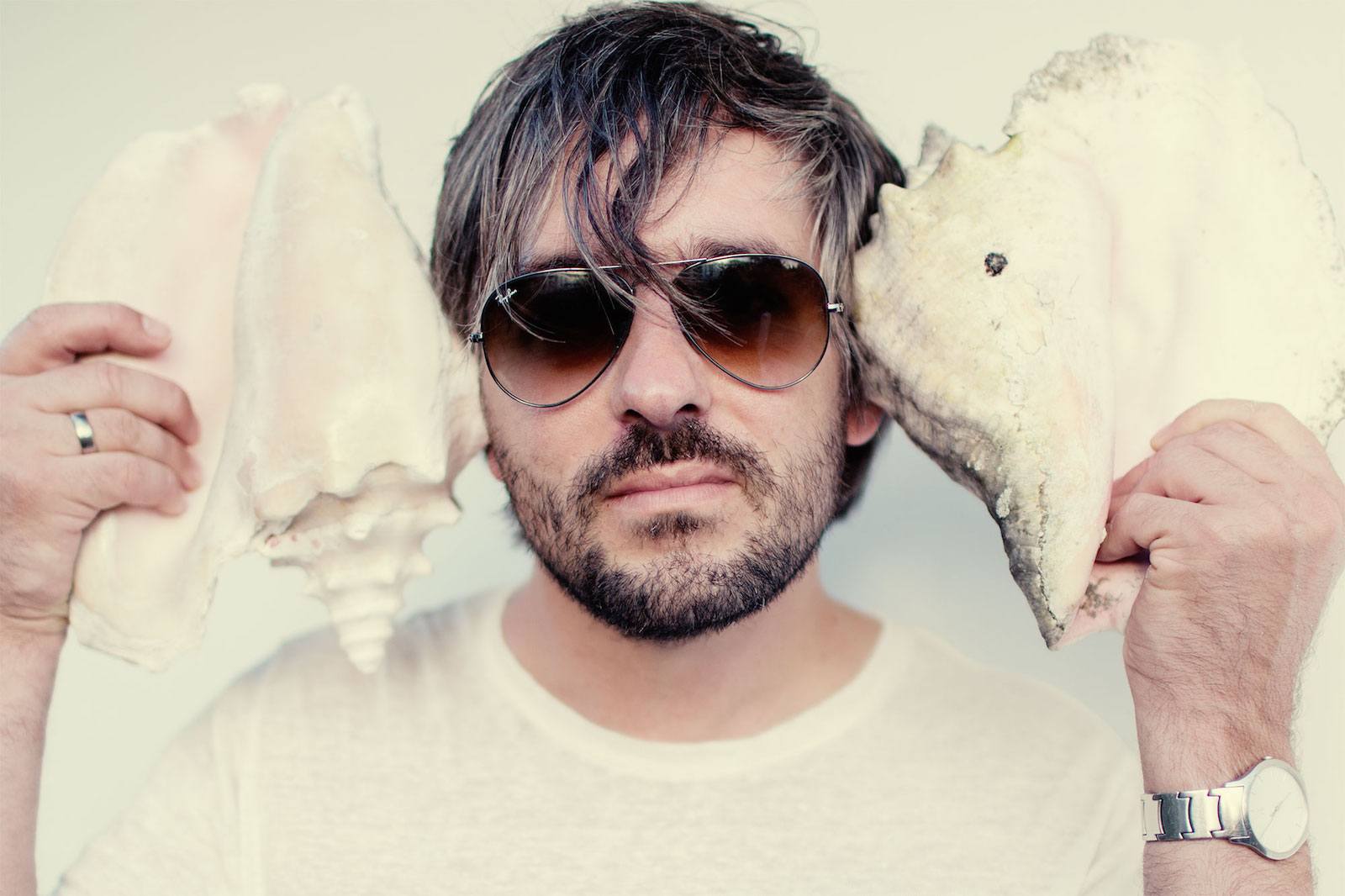
Also I needed to max out the capabilities of the setup I had a the the time, and this was another very important lesson. The gear doesn’t create the sound by itself, it’s always about the decisions you make and the boundaries you are trying to push. Limitations are also good at times, because they force you to think outside the box. Very early, when we were still on cassette four-tracks – totally unthinkable today – I was even recording the modulated noise output of a phaser pedal because I didn’t have a synthesiser, and that sound came closest to a synth pad between the limited options I had at hand.
So I basically got my training on the job, doing my own stuff. But I also worked as a freelancer at Calyx Mastering in Berlin for a couple years, and this was also a very important time for me. I learned a lot, and the mutual exchange of concepts and ideas is inspiring me up until today. I guess the concept of a mixing room with ‘mastering-grade’ sonics emerged from this. At Calyx they have always had an uncompromising attitude down to the last cable in the chain, and knowing what was possible I didn’t want to settle for less in my own room.
But I never planned to become a mixing engineer. It just happened because people listened to my own productions – and called me because they wanted to find out who engineered them. Well, it was me, and that’s how I got the ball rolling…
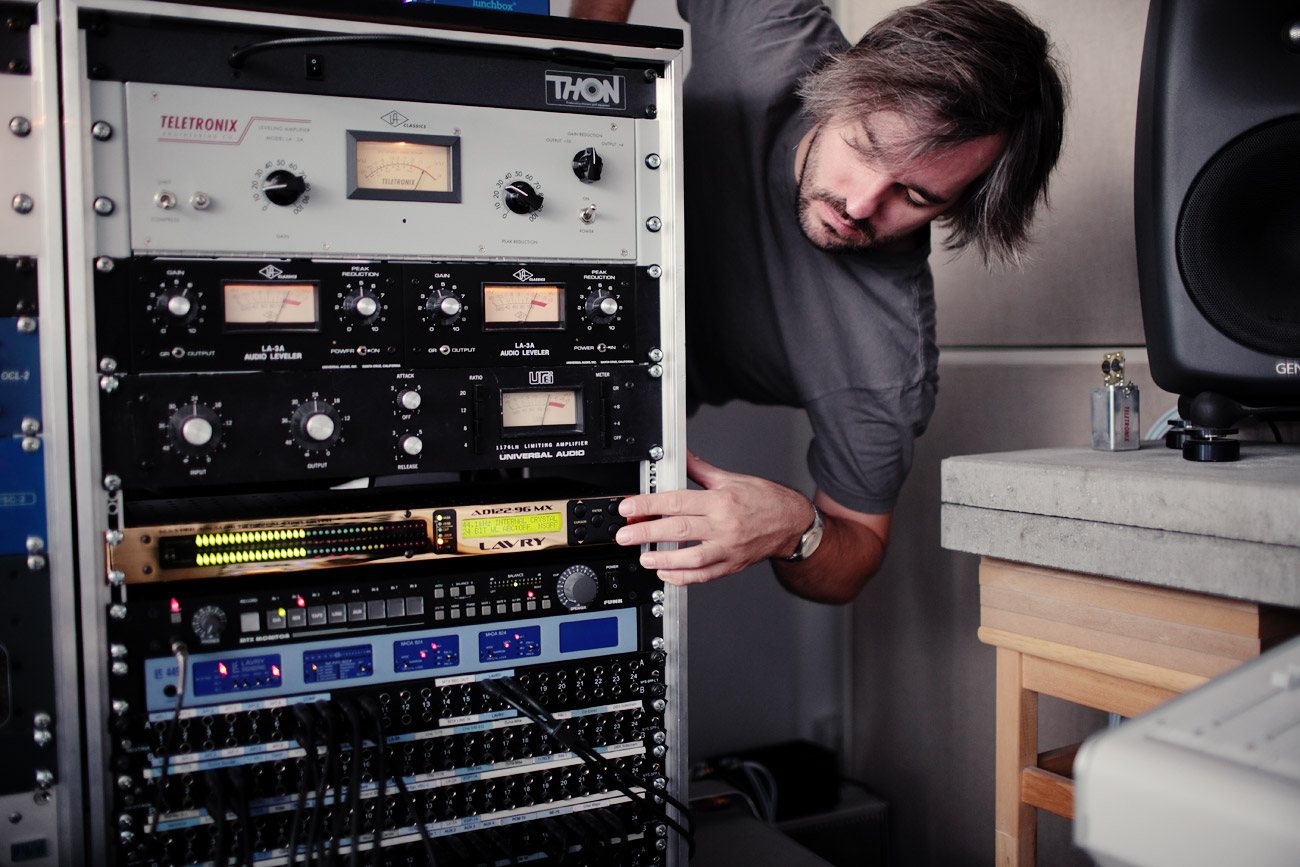
When did you move to Berlin?
This was around 15 years ago, catching the tail end of the 90s, a very important transitional decade for Berlin. Coming from Hamburg, the second largest city in Germany, it was another obvious step that felt totally natural to me.
Where else would you have wanted to move in Germany at that time? Berlin was promising a big adventure, and even though it has changed a lot since then it still remains a great place to be creative.
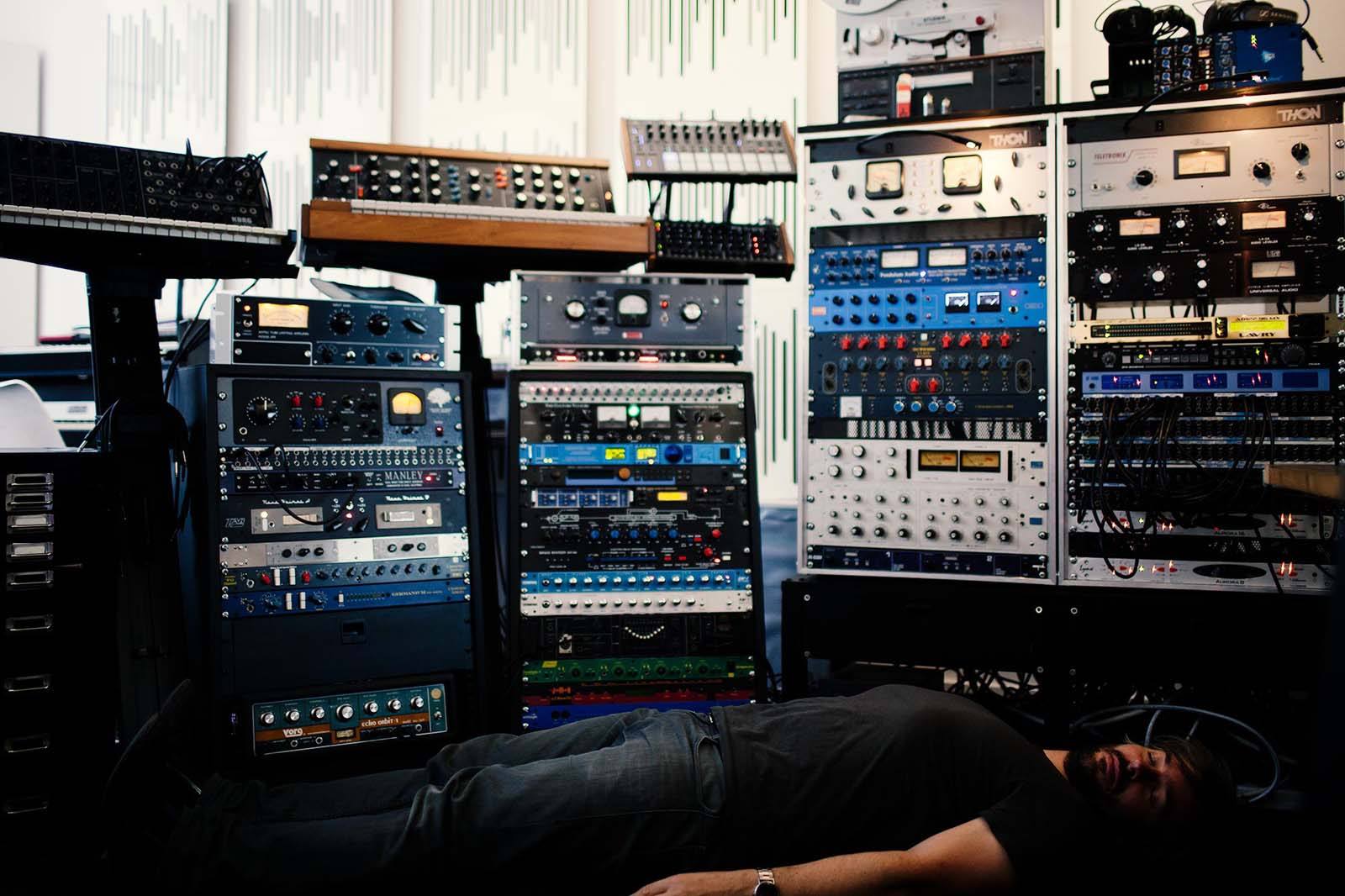
When did you first visit Bieger Sound? What was the studio before?
I was running the studio out of a flat in a residential building for many years – it was actually the first flat I rented when I came to Berlin, and even though I moved to another place a few years later, I kept the first place – probably for too long – because it was cheap, in a central location, and it worked. The place had a pretty casual ‘Rock’n’Roll’ atmosphere to it. And even though I often felt I would have to excuse it wasn’t a ‘proper’ studio, the clients seemed to like the vibe. It was more of a living room, but packed with great gear!
At some point gentrification pushed us out, and we were lucky to secure our current rooms in an even more central location. It was a big open space that was being used mostly as a vinyl storage by a hip-hop record label.
The whole building is a beautiful brick wall factory from the late 19th century, and at the time they were manufacturing valves, fittings and all kind of metalware on the premises.
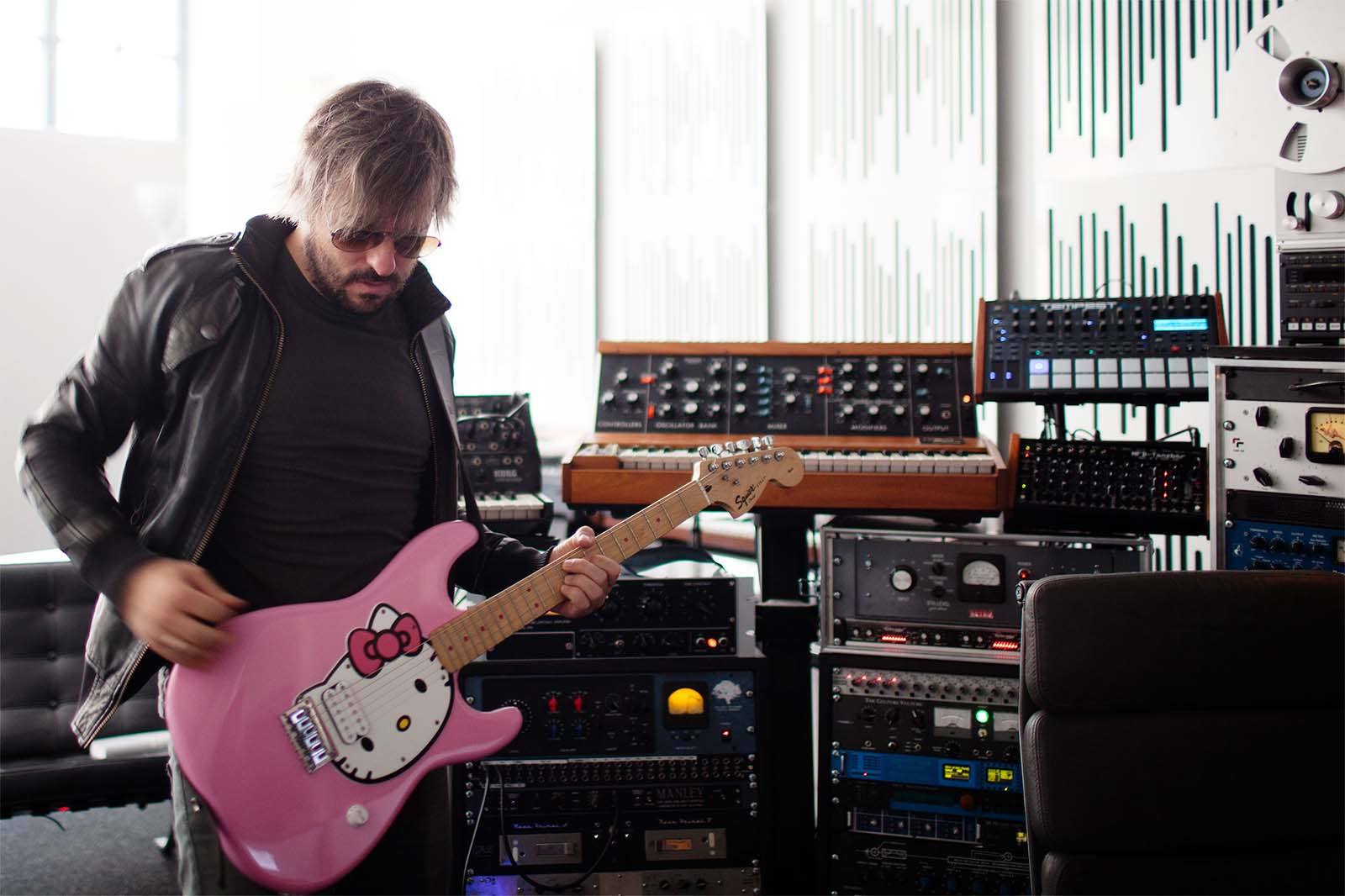
Who designed and built Bieger Sound?
The whole thing was planned and designed by our great architects Jeong-Hoon Kim and Marc Drewes. I can’t thank them enough for their terrific job. We didn’t have an awful lot of time for the project, and the budget was somewhat limited, too, but they found a perfect solution for us. However, I planned the acoustic properties of my room myself, with the help of a few other people.
What are your Bieger Sound equipment highlights?
A difficult question, because all details contribute to the big picture. I have a holistic view on studio gear, and a good filter for the mains power may be even more important for the overall result than a shiny vintage compressor.
Also the entire studio has been conceived as a blank canvas, striving for as much transparency as possible, and this can only be achieved through almost infinite little steps.
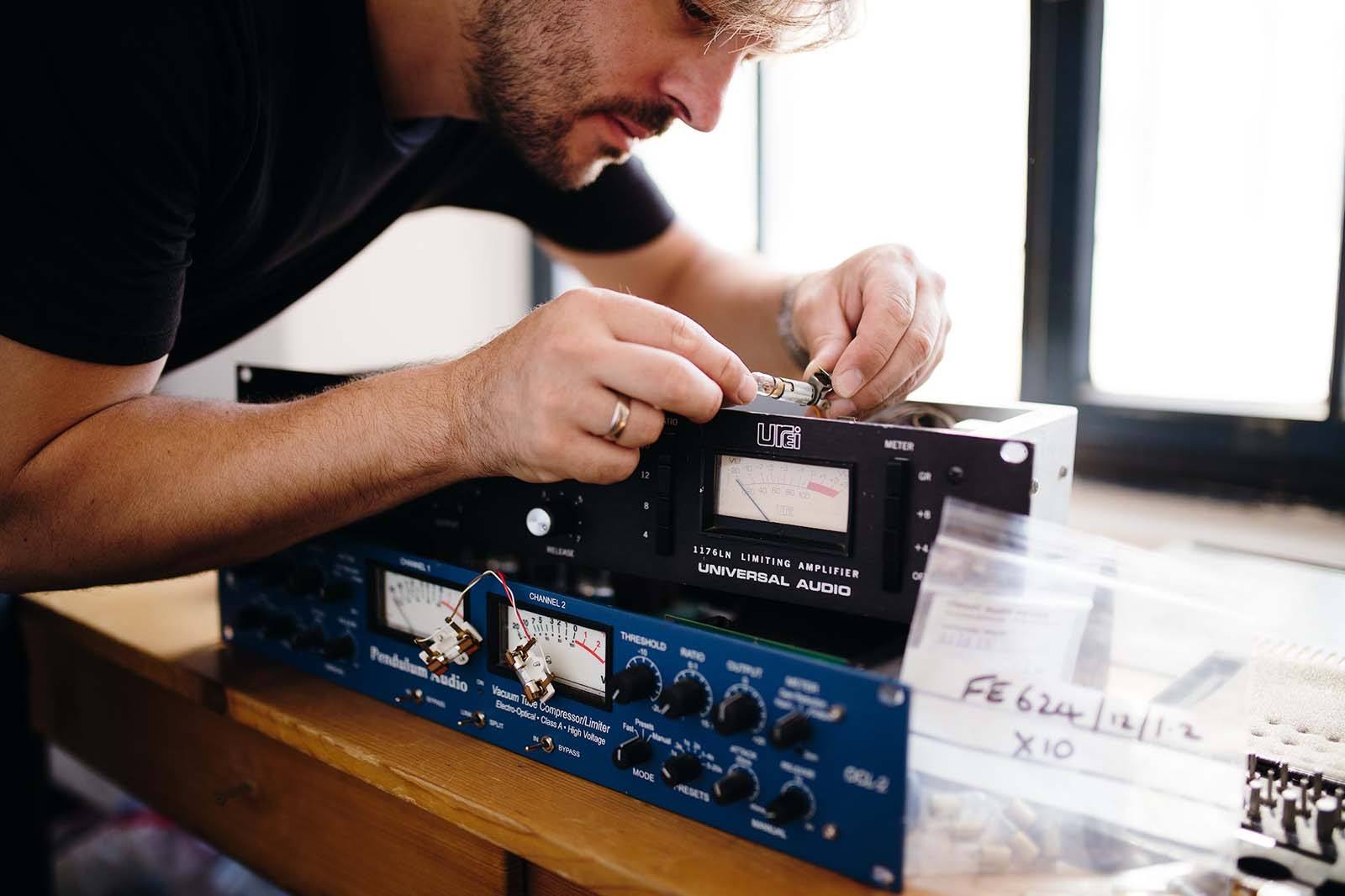
But of course there are a few things that stand out for me! There is my Speck Electronics LiLo console, probably the most transparent desk on the market, and my Lavry Gold A/D converter, which really helps me to give my clients a digital file that sounds practically as good as the analogue mix here in the room. Any other A/D before was a frustrating experience for me, because everything ultimately has to go through this bottleneck, and I hated the feeling my mixes were better than what I was able to print back to digital. This issue has been solved with the Lavry. My bread and butter pieces during the mix are the API and Electrodyne EQs, the Curve Bender and the Pulse Techniques EQM-1S3, and for dynamics the API 2500, Pendulum OCL-2 and Rockruepel Comp.One. I also love the Ursa Major Space Station, my Quantec reverb, and I have to say that the latest generation of UAD plug-ins are really good, too. I am very fond of their reverbs, the EMTs, AKG spring etc. – that’s good stuff. Lately I have been enjoying the new Amtec 099 limiter on lead vocals a lot.
But finally, this brings me back to the first question. The best studio gear only means so much without great instruments, and I’m really glad to have a nice selection of vintage keyboards and guitars at my disposal. If my studio caught fire these would probably be the first things I would try to rescue…
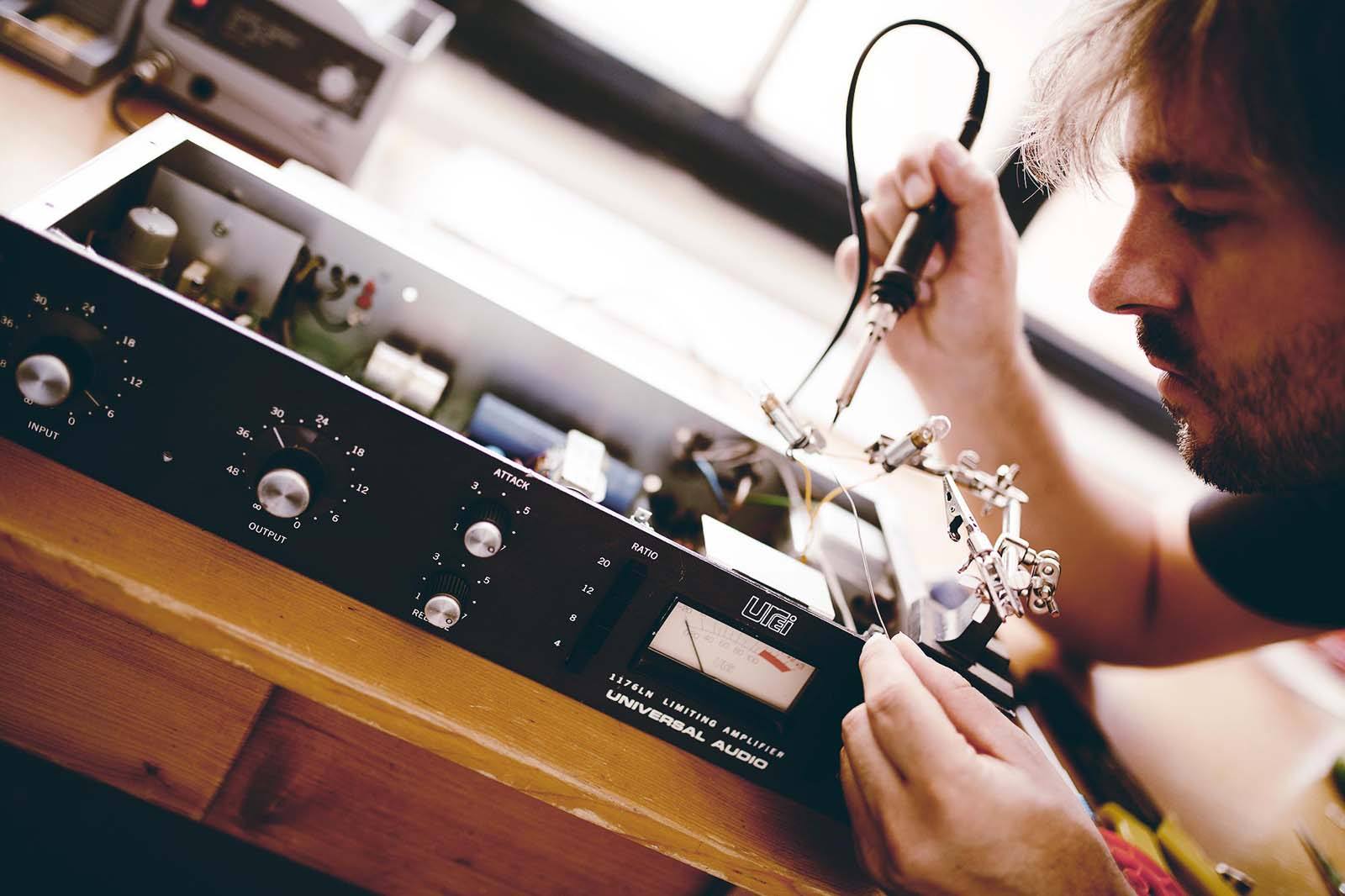
What acts have you worked with recently?
This year I have worked with over 100 different clients so far, so the list is pretty long… I guess the most notable ones include Tale of Us, Tiefschwarz, Steve Bug, Alex Niggemann, DJ Tennis, Andrea Oliva, but there would be a lot more I would like to mention!
Congratulations Miloco engineers Matt Wiggins and Riley MacIntyre, two of the winners at the Pro Sound Awards last night.
Matt won studio engineer of the year and Riley was announced the winner of the rising star award.
Matt developed his skills within Miloco Studios working with a number of leading producers including Paul Epworth, Ben Hillier and Spike Stent.
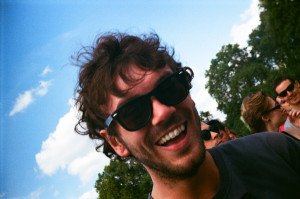
Matt Wiggins
The variety of sessions enabled Matt to hone his skills using a diverse range of recording equipment from the classics to the bizarre.
In 2011 Matt began engineering full time for Paul Epworth, leading to projects in the UK and stateside including Paul McCartney’s ‘NEW’, Adele’s award-winning ‘Skyfall’ and the Foster the People LP ‘Supermodel’, to name but a few.
In 2014 Matt engineered on Coldplay and Lana Del Ray LPs and mixed for U2, Lorde and Foster The People.
Matt mixed Band Aid 30 – Do They Know It’s Christmas? (2014) – which features Ed Sheeran, Ellie Goulding, One Direction, Rita Ora, Bastille, and more – at Sarm Studios.

Riley MacIntyre
In 2015 Matt engineered on Florence + The Machine, Lianne La Havas and Nadine Shah LPs and mixed for Villagers.
Riley was nominated for his work as production assistant engineer at The Church Studios. Read an interview with Riley at Audio Media International.
Miloco facilities The Church Studios and The Pool were chosen as two of the four finalists in the best studio category, but Strongroom picked up the award. Well done Strongroom.
Posted in European Recording Studios, London Recording Studios, Miloco Clients, Mixing Studios, Neve Recording Studios, Recording Studio Engineers, Recording Studio Videos, SSL Recording Studios, Tracking Studios, UK Recording Studios, Uncategorized, Writing Studios | New Bastille track ‘Hangin’’ was shared on 22 September 2015.
New Bastille track ‘Hangin’’ was shared on 22 September 2015.
Songwriter, producer and mixer Mark Crew recorded the song at The Pool, Bermondsey, with engineer Jonathan Sagis, who is managed by Miloco.
The song features on the soundtrack for the FIFA 16 video game. Frontman Dan Smith confirmed that it will appear on the next LP, which the band recently stated is coming “soon”.
September is such a huge month of releases, many of which have just come out, so scroll down to check out the Studios 301 September releases!
The September releases below were produced, mixed or mastered at Studios 301, Australia.
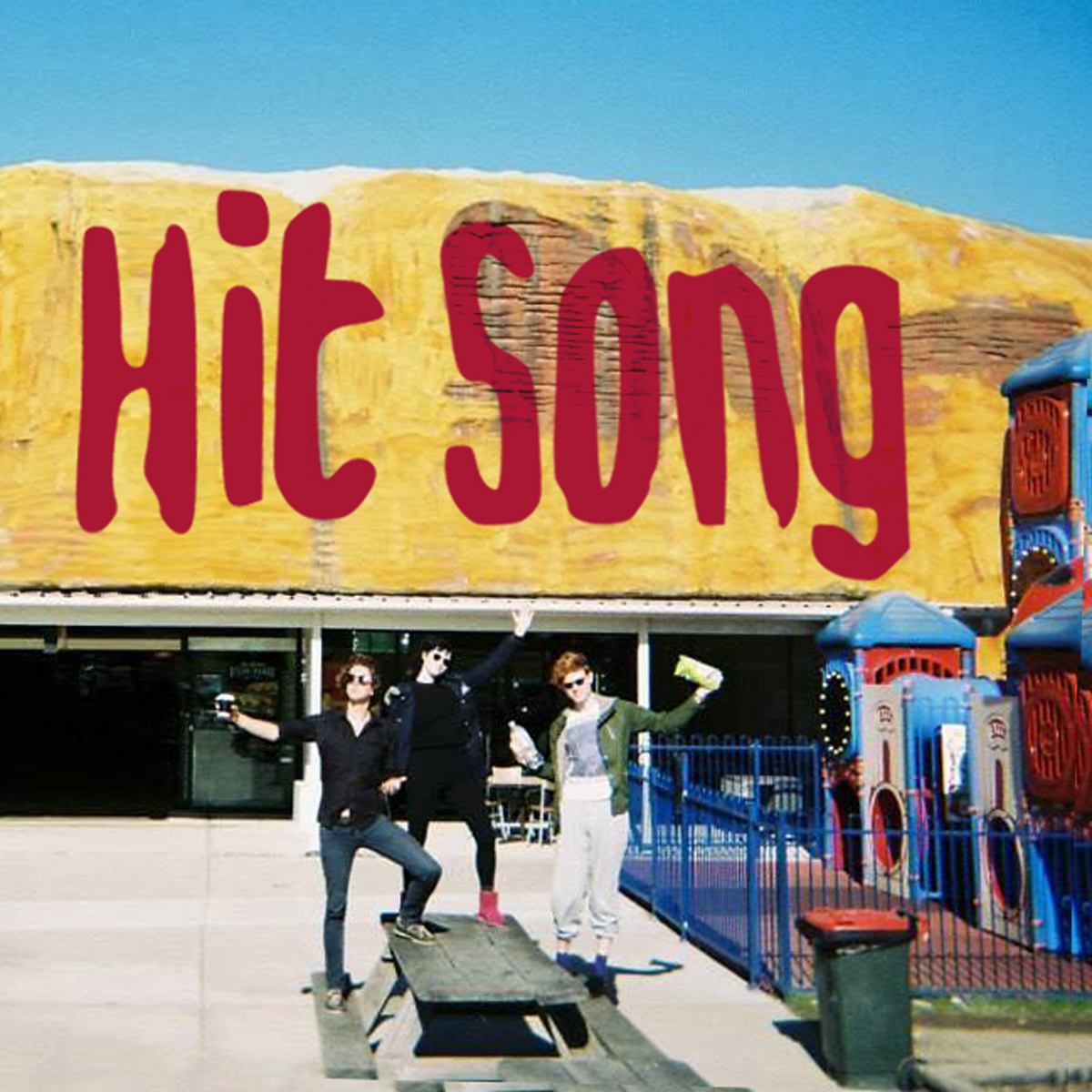
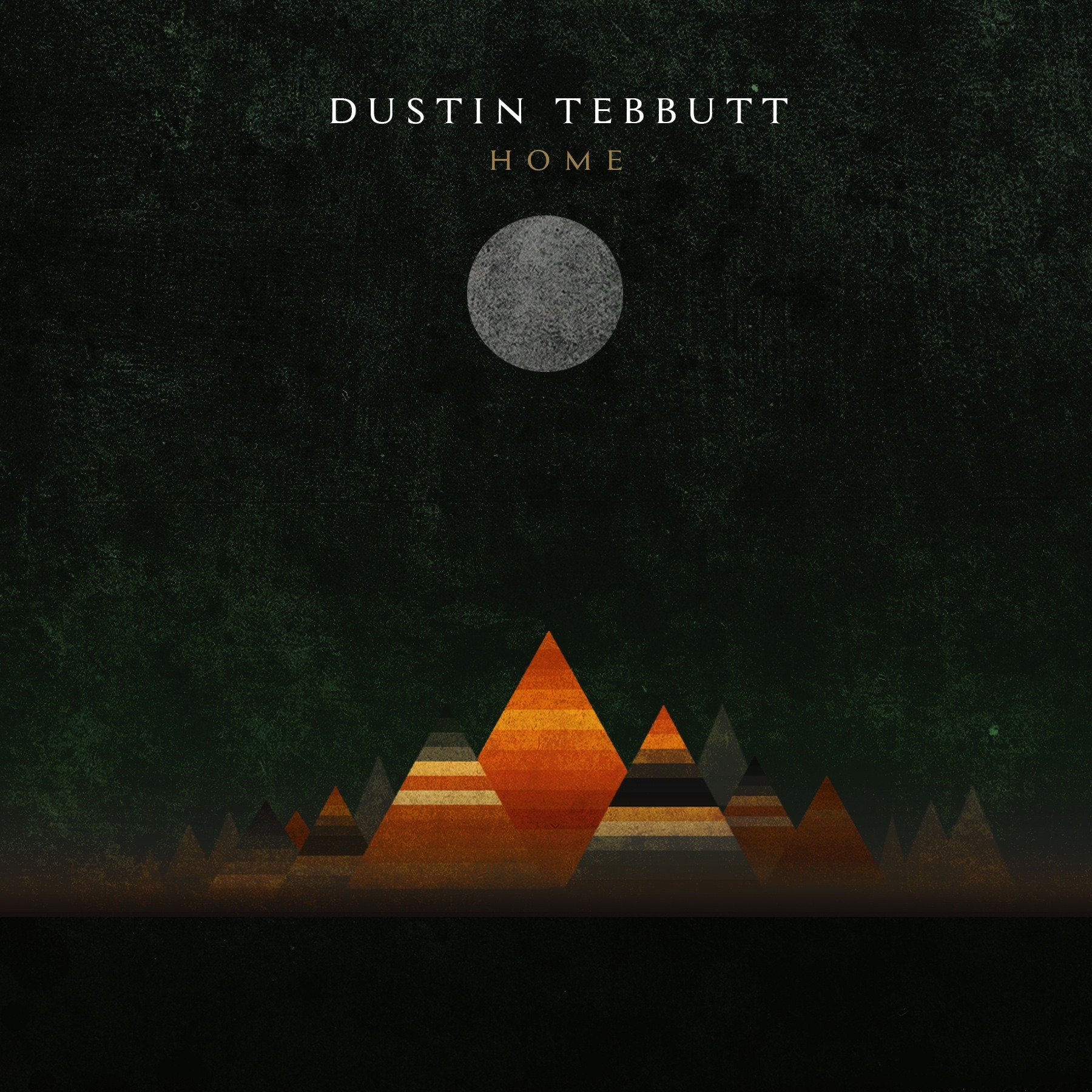

Stay in the loop
Follow @milocostudios
Subscribe to Miloco News